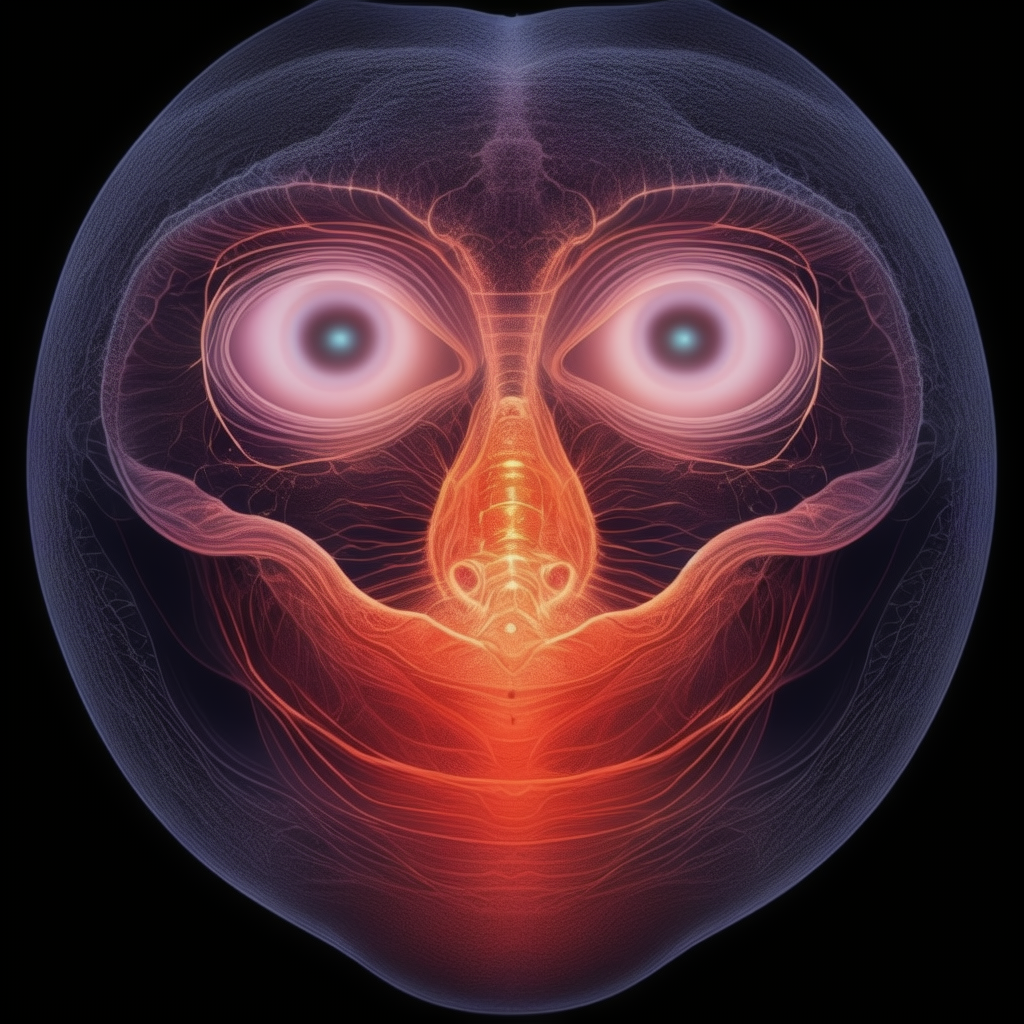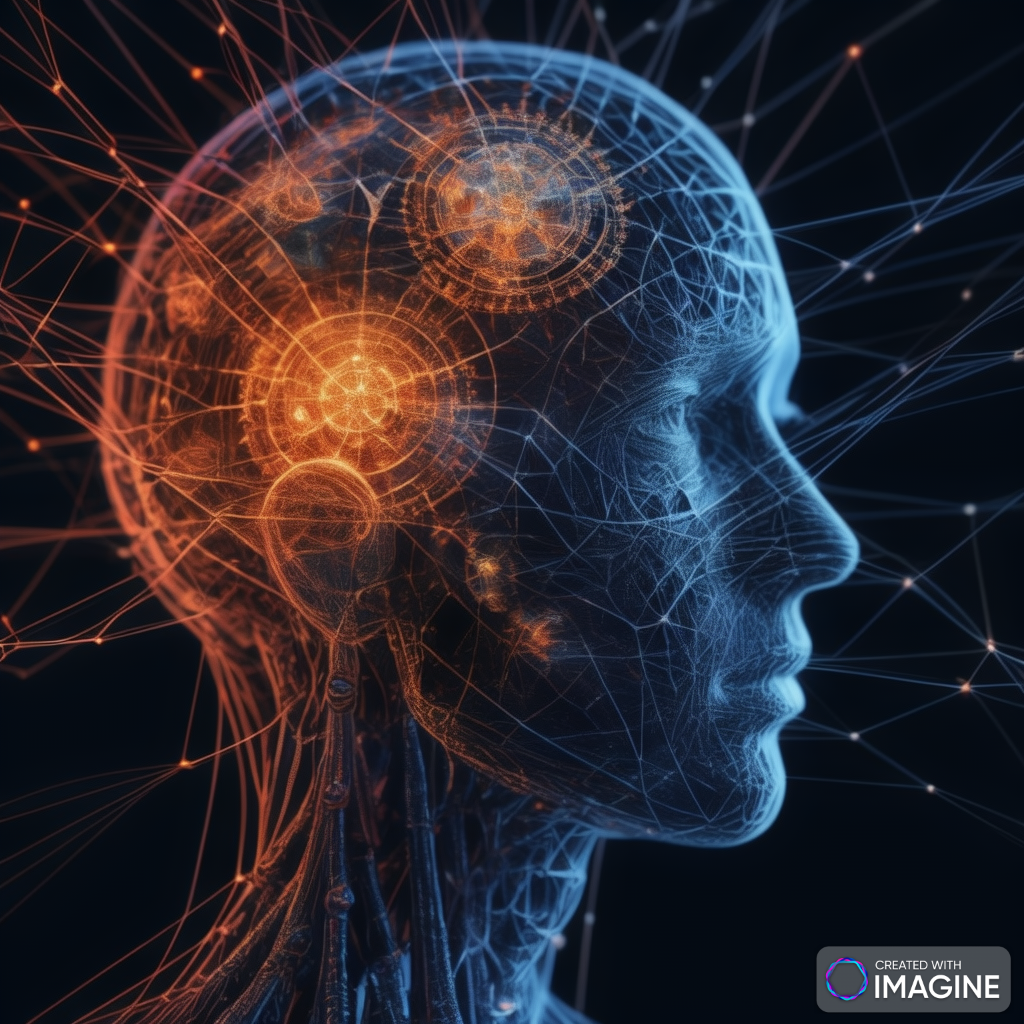Is Everything in the Universe Just Energy? A Scientific Exploration of Matter, Energy, and Existence
Introduction: The Energy-Matter Puzzle
The question of what truly constitutes the universe has puzzled scientists, philosophers, and curious minds for centuries. One fundamental question remains especially captivating: Is everything in the universe, including us, just energy? This question goes beyond curiosity, touching the essence of physics, our understanding of the cosmos, and even our concept of self.
Thanks to groundbreaking advancements in modern science, particularly in physics, we’ve begun to understand that the lines between matter and energy may not be as distinct as they once seemed. Our evolving understanding of the universe has taken us from the idea of solid particles to a vision of energy fields, waves, and quarks, which leads us to ask: What is the true nature of everything we see around us?
In this blog, we’ll unpack the concepts of matter and energy as seen through the lens of modern science, breaking down how this interplay influences everything—from the nature of our own bodies to the very fabric of reality.
1. What Is Matter? Breaking Down the Basics
Matter is often the simplest concept to grasp in physics, as we experience it in our everyday lives. It’s defined as anything that has mass and occupies space. Everything from the tiniest dust particle to the largest galaxy is composed of matter, which itself is built from tiny units called atoms.
But what are atoms made of? When we delve deeper, we find that atoms consist of even smaller components: electrons, which orbit a nucleus composed of protons and neutrons. Each of these particles has mass, but there’s a twist: the particles themselves are not entirely solid. Instead, they exhibit strange behaviors that challenge our concept of solidity.
For example, electrons don’t orbit the nucleus in a fixed path like planets around the sun. Instead, they exist in “clouds” or “probability fields” that suggest their position in space is not absolute. This is where our concept of solid matter starts to blur and becomes a field of possibilities. Moving further down into subatomic realms, we discover that protons and neutrons are composed of even smaller particles known as quarks, bound together by energy fields—hinting that matter’s solidity might be more perception than reality.
2. Unpacking the Concept of Energy
In physics, energy is the capacity to perform work or cause change. It exists in many forms: kinetic (movement), thermal (heat), potential (stored energy), and electromagnetic, among others. Unlike matter, energy itself has no mass and doesn’t occupy space; rather, it’s a property that matter possesses or exerts.
A critical turning point in our understanding of energy came with Einstein’s groundbreaking equation, E=mc², which states that energy (E) and mass (m) are interchangeable and linked by the speed of light squared (c²). This relationship means that mass can be converted into energy and vice versa, a revelation that underpins phenomena ranging from the power of atomic bombs to the glow of stars.
This mass-energy equivalence transformed our understanding of the universe. Suddenly, matter was no longer a separate, isolated entity but something that could exist in a continuum with energy. This concept fundamentally changed physics, suggesting that the very fabric of our reality is far more interconnected and dynamic than we once believed.
3. Is Matter Made of Energy? What Physics Reveals
The idea that matter could be a form of energy solidified with Einstein’s work and the development of particle physics. At a fundamental level, modern science views matter not as fixed objects, but as forms of concentrated energy.
Consider the quarks within protons and neutrons. These quarks are bound by the strong nuclear force, which itself is a form of energy. This binding energy is responsible for most of the mass in atomic nuclei. Thus, the mass we associate with matter is largely derived from the energy that holds it together.
At its core, particle physics sees particles as excitations or vibrations in fundamental fields. The electron, for example, isn’t a tiny ball floating in space but an excitation in the “electron field.” This field-based view supports the idea that matter is just one of many expressions of energy—fluctuations in underlying fields that constitute the universe.
4. The Quantum Field Perspective: A Universe of Energy Fields
Quantum field theory (QFT) gives us a more complete picture, proposing that the universe is filled with fields corresponding to every fundamental particle. These fields exist everywhere, and particles are simply disturbances, or “ripples,” in these fields.
In this view, fields, not particles, are the universe’s true foundation. This theory implies that everything is ultimately interconnected by these fields. If we could observe the universe at a quantum level, we would see not solid objects but a sea of energy, with particles as mere peaks within it.
Quantum field theory has helped us understand that the distinction between matter and energy is far from absolute. These fields are always in flux, and matter is simply a manifestation of their energetic interactions. In other words, while matter and energy seem different at our level of perception, they may just be two sides of the same cosmic coin.
5. Our Bodies and Brains: Fundamentally Energy?
So, if everything is made of energy fields, what does that mean for us? Our bodies are made up of atoms, which in turn consist of electrons, protons, and neutrons—each bound by energy. The structures in our body, from cells to organs, are held together by electromagnetic forces at the atomic level.
When we look at the brain, the picture becomes even more fascinating. Neurons communicate through electrochemical signals, involving the flow of ions (charged particles) and the release of neurotransmitters. This communication requires energy and operates as a complex bioelectric system.
At a deeper level, thoughts, memories, and consciousness itself are underpinned by these electrical and chemical exchanges, meaning that our mental lives are, in a way, energetic patterns in a dynamic system. We could say that not only our physical selves but also our subjective experiences are built upon the energy interactions that constitute our being.
6. The Matter-Energy Difference: What Separates the Two?
In classical terms, the distinction between matter and energy is relatively clear. Matter has mass, occupies space, and appears solid, while energy is a property that doesn’t have mass but can perform work. However, as we’ve seen, the distinction begins to blur at the quantum level.
Matter can be thought of as energy “locked” into a particular form, while energy is what allows matter to change, move, or even exist. At a subatomic level, the boundaries become even more ambiguous. For instance, photons (particles of light) have energy but no mass, yet they can exert force and influence matter, such as in the phenomenon of light pressure.
Thus, while energy and matter seem separate in our everyday experience, modern science suggests they are intrinsically connected, existing in a continuum rather than as isolated entities.
7. Breaking Matter Down to Its Core: What Does It Look Like?
If we break matter down to its most fundamental level, we move from atoms to subatomic particles, to quarks, and finally to quantum fields. At this scale, we encounter not solid particles but excitations in these fields.
If we had a microscope powerful enough to look at a single atom, we would see empty space and energy fields rather than tangible matter. This is because particles are essentially energy condensates, existing as patterns in fields rather than as “stuff” in the conventional sense.
8. The Big Picture: Implications of an Energy-Based Universe
The notion that the universe is fundamentally made of energy leads us to question our perception of individuality. If everything is part of a continuum of energy fields, then the separation between “self” and “world” may be more illusory than real. We, along with everything else, are energetic patterns within the same universal tapestry.
This understanding has philosophical, psychological, and even spiritual implications. From a scientific perspective, it provides a basis for theories of interconnectedness in the universe. In this sense, consciousness, too, could be seen as an emergent property of complex energy interactions—another ripple in the universal energy field.
Our bodies and brains, though we experience them as solid and tangible, are indeed deeply rooted in energy. Both classical and quantum physics show that matter (like our body and brain) is fundamentally an organized form of energy. Let’s break down what this means and explore the idea of “vibrational frequencies” scientifically.
1. The Science Behind Matter and Energy in the Body and Brain
At the most fundamental level, our bodies and brains are made up of atoms—tiny particles composed of protons, neutrons, and electrons. While these particles seem to form solid matter, they are actually bound together by energy forces. Each particle has a specific amount of mass, and Einstein’s famous equation, E=mc2E = mc^2E=mc2, reveals that mass itself is a form of energy.
Atoms make up molecules, and molecules make up cells, which in turn make up the tissues and organs, including our brains. So, while we perceive ourselves as solid, every part of us is a structured network of energy in motion.
2. Electromagnetic Activity and the Brain’s Vibrations
The brain, like all organs, operates using electrical signals, especially during processes like thinking, feeling, and sensing. This electrical activity produces brain waves—oscillations in voltage that move in specific patterns. Brainwaves can be measured as frequencies in hertz (Hz), with different types associated with specific mental states:
- Delta waves (0.5-4 Hz) – deep sleep.
- Theta waves (4-8 Hz) – light sleep, meditation.
- Alpha waves (8-12 Hz) – relaxed alertness.
- Beta waves (12-30 Hz) – active thought, problem-solving.
- Gamma waves (30+ Hz) – complex thinking, peak concentration.
In this way, the brain is a dynamic, vibrating system that operates on energy and generates its own unique electrical frequencies. These brainwaves reflect our mental state and can even be influenced by external factors, such as music, meditative practices, or the emotions of others around us.
3. Heart Coherence and the Body’s Electromagnetic Field
The heart, like the brain, produces its own electromagnetic field, detectable up to several feet outside the body. This field fluctuates depending on our emotional state and can influence our physiological health. When a person is calm and focused, their heart rhythms can show “coherence”, a smooth and stable pattern. This coherence supports other systems in the body, including the brain, to operate in an optimal state.
Studies by organizations like the HeartMath Institute suggest that our emotions can impact not only our own electromagnetic field but also potentially influence others nearby. This could explain the phenomenon of feeling “in sync” with people around us, especially when emotions are high.
4. The Concept of Vibrational Frequency
While there’s no direct scientific measure of a “vibrational frequency of a person” in mainstream science, the concept resonates with quantum physics and biology in metaphorical ways. Here’s a breakdown of the science behind it:
- Molecular Vibrations: Every atom vibrates at a certain frequency based on its bonds and energy levels. As these atoms form molecules and cells, the entire body can be thought of as a field of vibrational activity.
- Brain and Emotional Frequencies: Our brainwaves and heart coherence both operate in the frequency range, with emotions like joy, gratitude, and love producing coherent and high-frequency waves in the brain and heart. Conversely, stress or negative emotions produce erratic or low-frequency waves.
- Resonance and Synchronization: In physics, resonance occurs when two systems naturally synchronize their frequencies. This principle might underlie the common idea that “like attracts like” in human relationships. For instance, positive people might feel drawn to one another because their physiological states and brain frequencies align, fostering a sense of connection.
5. Environmental Influence on Our “Vibration”
The environment—people, places, situations—can impact our energy and brain activity. This aligns with studies in social neuroscience, which indicate that the brain is highly influenced by social environments through a process called emotional contagion. This process describes how we unconsciously absorb the emotional “frequency” of others:
- Mirror Neurons: Our brains contain specialized cells called mirror neurons that help us understand and mimic the emotions of others. When we’re around positive people, our brain’s mirror neurons pick up on their emotional states, potentially leading us to “mirror” those frequencies ourselves.
- Electromagnetic Resonance: If two people are in close physical or emotional proximity, their brain waves and heart rhythms can influence each other, leading to synchrony or resonance. This effect has been observed in couples, friends, and families who spend a lot of time together, supporting the idea of vibrational harmony within a group.
6. Energy and the Quantum Field
In quantum physics, the quantum field theory posits that all particles and forces arise from a singular energy field, often called the “quantum field.” Some theorists, like David Bohm, suggested that consciousness itself could be a form of energy. Although this remains a speculative area of science, it opens the possibility that human thought, emotion, and physical bodies are interconnected at the quantum level.
This theory suggests that while we are “matter” in the traditional sense, we are also deeply connected to an underlying field of energy that flows through all things. Some believe this field allows us to experience synchronicity or “energetic” resonance with others, aligning with the idea that we might attract people and circumstances that match our “vibrational energy.”
Conclusion: Matter, Energy, and Our Living Body
In sum, our bodies and brains are complex, dynamic structures that blend matter and energy seamlessly. Scientifically, we are “matter” in the traditional sense—collections of molecules and cells—but these structures are ultimately just stable formations of energy, organized into living systems. The vibrational qualities of our brainwaves, heart coherence, and molecular activity provide a scientific basis for the experience of “frequencies” or “energy” in our interactions.
The science behind how we resonate with others is still developing, but evidence from neuroscience and physics gives credibility to the idea that our energy, in the form of brain and heart frequencies, can synchronize with others. So, while the idea of “vibrations” might sound abstract, it has a grounding in science that aligns with our experience of emotions, connections, and the energy within and around us.
Conclusion: Redefining Reality in Terms of Energy and Matter
Our exploration of matter and energy reveals a universe where distinctions between the tangible and intangible are blurred. Modern science suggests that at the most fundamental level, matter may indeed be an expression of energy, woven together by fields that extend across space and time.
As we continue to deepen our understanding of these principles, we may one day come to realize that the universe, life, and consciousness are all expressions of the same cosmic energy. This shift in perspective may redefine our relationship with the universe and with ourselves, illuminating the unity that lies beneath the diversity of existence.
This post provides a science-grounded perspective on matter, energy, and interconnectedness, inviting readers to explore the fundamental makeup of reality in a way that is both accessible and thought-provoking.







